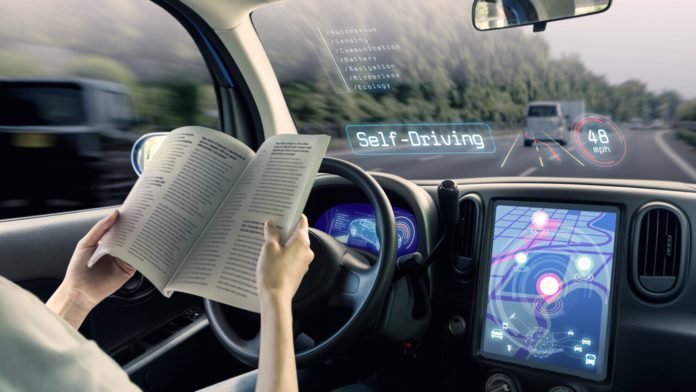Ericsson supports more than 20 million vehicles across 150 countries with its automotive portfolio
This week, Ericsson is at the Financial Times’ Future of the Car conference in London, an event the telecom vendor has been attending since 2017. As Åsa Tamsons, the company’s senior vice president and head of Business Area Technologies and New Businesses, told RCR Wireless News, Ericsson’s growing participation in the automotive sector reflects a much larger shift for auto OEMs and telecom companies around the world.
Traditionally, the car industry is one where the physical product — oftentimes, a car — is iconic, and therefore, such events typically feature an abundance of flashy photographs. However, this year, Tamsons shared that she has yet to see a “single picture” because apparently, the car itself isn’t really the focus. Instead, she said, she has heard a lot of talk of software and connectivity. “I just came off stage, and what I found exciting from hearing all the other speakers on stage… [was] how many times the phrase ‘connected services,’ or the words ‘cloud’ and ‘connectivity’ [were] mentioned,” she said.
“This is telling. The fact that the whole industry… is talking about connected services, and how to secure a consistent and seamless experience of managing the product,” she continued. “That makes it really easy for [Ericsson] to be relevant.”
While Ericsson has only attended FT’s conference for the past five years or so, the company’s automotive journey really began 15 years ago, according to Tamsons, because that is when it first kicked off 5G research.
“When the research team started 5G development, there was a focus on enterprises [and] industries because they were not using cellular as part of their connectivity backbone,” she explained. As a result, things like ultra-low latency, resilience and advanced security features — all elements that are critical in an industrial environment — were central to 5G’s development from the very beginning.
These elements, of course, are also important for automotive connected services; thus, the telecom and auto industries came together.
“Ten years ago, we started to connect a lot of car services… primarily with LTE and IoT,” Tamsons said. “We [are now] developing a connected vehicle platform to support automotive OEMs to launch software services and app enablement for applications that are using connectivity and cloud.”
Currently, Ericsson supports more than 20 million vehicles across 150 countries with its automotive portfolio. And just as companies like Ericsson must adjust to the new role that connectivity is playing in the car industry, so too must the auto makers. According to Tamsons, more car OEMs today are becoming software companies, with hardware remaining a critical component, as well.
“Both are extremely important because the hardware needs to be safe [and] secure. That doesn’t go away. But now you have that and the software, so you see a big shift in the talent that you need to attract,” she said.
Volvo, Audi and Toyota are just some of the long-established auto OEMs that have acknowledged the importance of connectivity in cars and the ecosystem required to support connected vehicles.
As this transition unfolds, challenges around scale and the need for collaboration have emerged, and Ericsson is hoping to address some of these pain points. When it comes to scale, Tamsons said she is convinced that cloud connectivity and software services must rely on global standard stacks — it’s just too expensive and difficult to develop a new operating system for each OEM. Additionally, Ericsson is partnering with service providers around the world to simplify the management of connectivity and cloud orchestration for these auto OEMs and more easily expose APIs that use connectivity in a standardized way.
Tamsons signaled that there will be more to see from Ericsson’s foray into the automotive ecosystem: “You’ll see us at more and more of these types of events,” she said.

